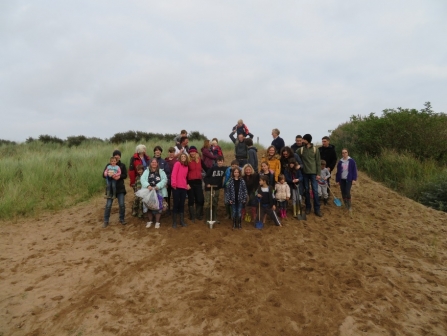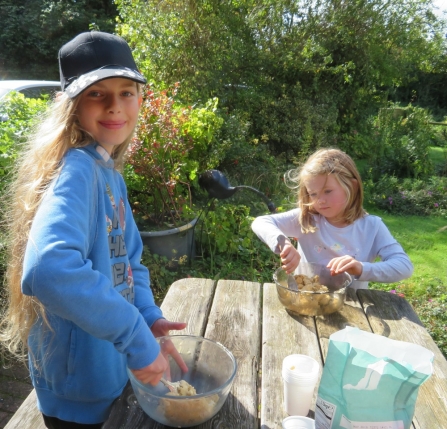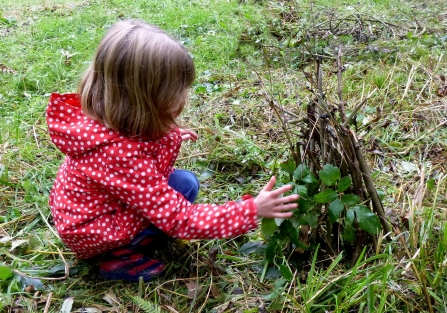Alford Watch Group report by Zoe Miller
Where did we meet?
We met at Anderby Creek and travelled along to Mogg’s Eye
What is marram grass?
Marram Grass is a type of grass that you plant to defend the dunes. At the bottom it has blackish-brownish kind of roots/mould and at the top of the grass, is, of course, the actual part of the Marram Grass leaves that you mainly see. It is green and might give you cuts so take care with the very point at the top of the green grass.
We plant marram grass to make bare sand dunes into covered sand dunes. The marram grass plants will grow and eventually turn into the tall types of grass you see at the side of the path or when you walk to Anderby Creek or pretty much any kind of sandy beach. It is known for binding the sand together and stopping the sand from escaping. All you do is simply dig up a small, usable hole and place this special type of grass and carefully pat it together so you cover the mould but on the bottom and patiently wait for it to grow. Now, it could take a while for you Marram Grass so don’t expect it to just shoot up like that!!!




